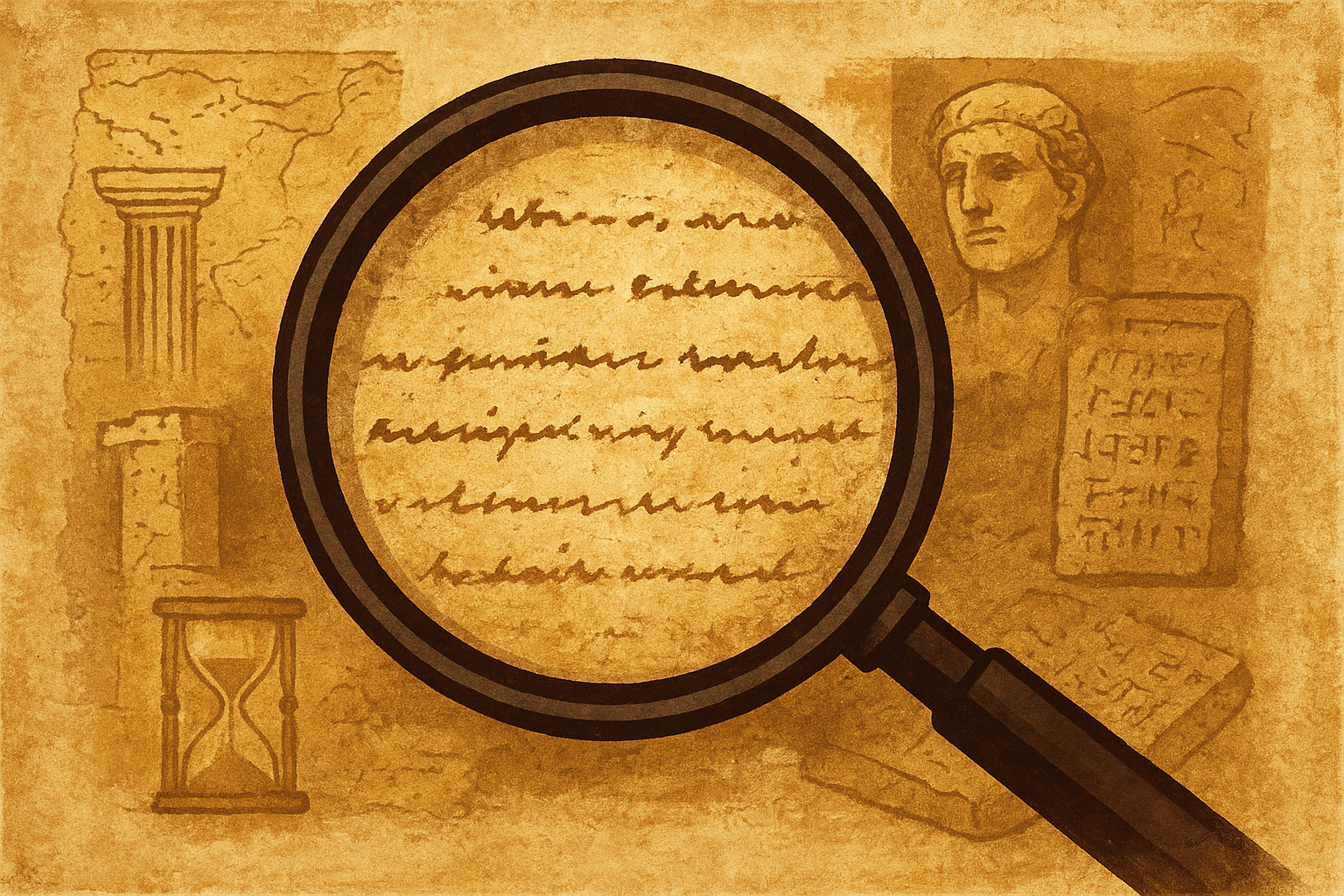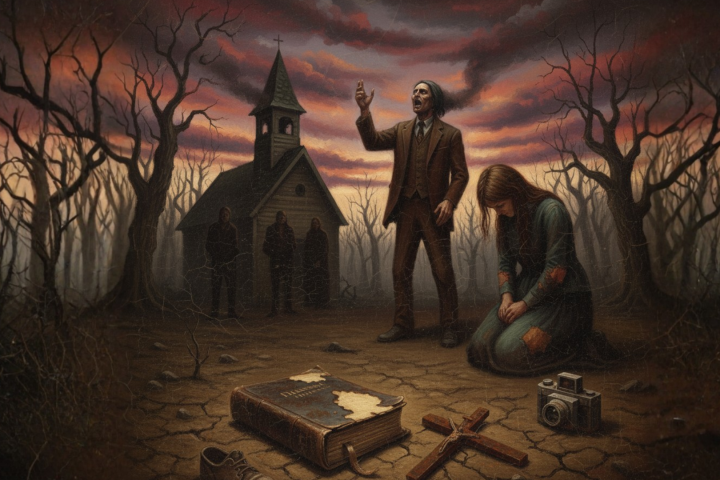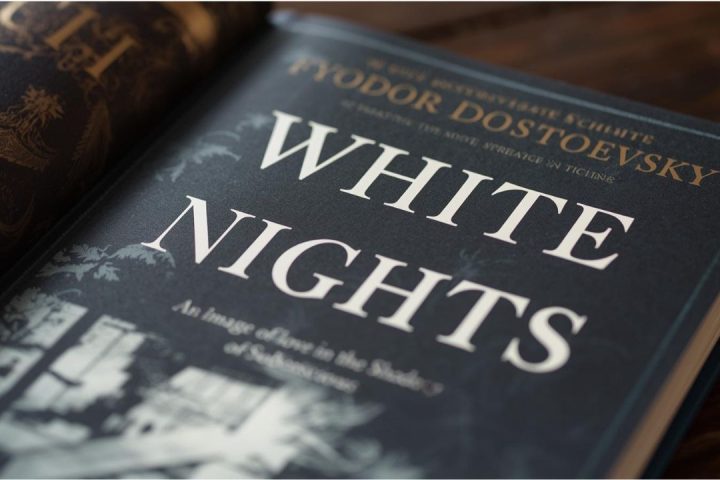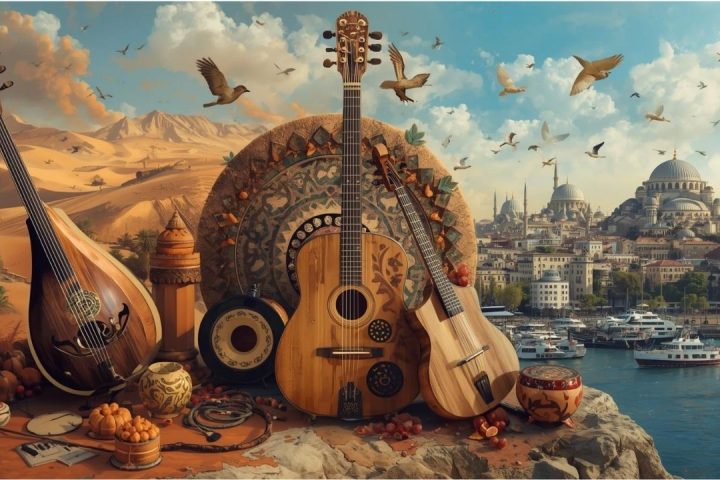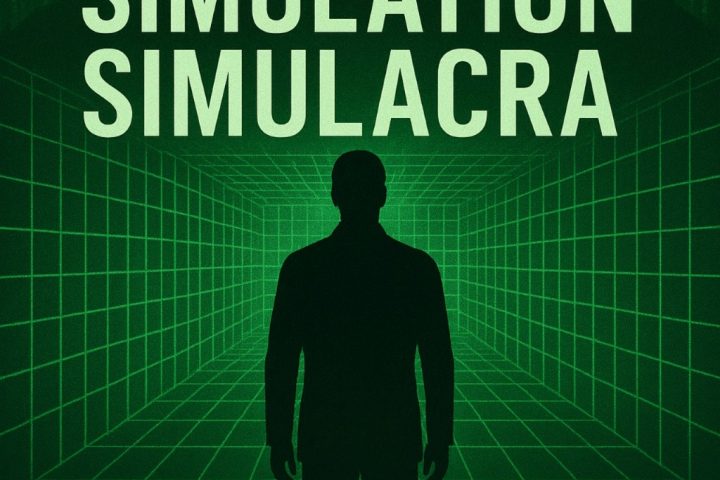History may very well be one of the most intriguing and confusing sciences that exist. I would describe history as painting a mural while the colors are quickly fading after each stroke of the brush; one would need to go back and retrace them so the whole figure can be seen. However, after so many retraces the final picture would just barely resemble the original painting. Due to this “retracing” of historical events, history may appear sometimes as fickle, other times as inevitable or even as impossible; it is as complicated as the people who live it and write it.
Since by the time this article is published it will be Mexico’s 215th independence anniversary, it seems fitting to have a conversation about the relationship we have with history. Taking my country, Mexico, as an example; its history and its society as a whole present a constant conflict with itself. There seems to be a prevalent dissatisfaction of how historical events transpired and why they occurred. People revile the Spaniard conquest and the defeat of the triple alliance of Mexico – Tenochtitlan (The Aztec Empire), people still wail the loss of Texas, New Mexico and California from the Mexican – American war, and of course the mixed feelings surrounding the 33 year long reign of the general/dictator Porfirio Diaz. All these feelings towards historical events not only shape the modern views Mexicans have towards our own country but they are also leveraged by political parties to further their worldview and maintain certain institutional dynamics. Throughout the decades, the Mexican elites and governments have managed to use history in a positive and negative way to help create an unified Mexican entity, but the line between both becomes blurry without a clear understanding of the intent of the presentation of certain historical facts.
These sentiments of confusion, anger, resentment, pride or even despair towards history is something that occurs to every country in every corner of the world: the Korean resentment towards Imperial Japan in the 30s, the Balkans conflict over borders and ethnicity after their independence from the Ottomans, Ireland’s centuries long treatment as the first colony of England and many other numerous examples we can pull out of the history books. Of course, we cannot deny the truth surrounding the events that occurred in history but we should not forget that narratives also take an important part in presenting them; narratives that may present two different sequences of a single event, or that show two conflicting retellings of an occurrence, or worse, that the presented narrative was all fake on the first place! So the question arises: “How should we interpret and relate to history?” How can we relate when it carries such complicated facts compounded with our feelings towards those events that in many cases, still affect our present day life?
There is a saying among history experts: “History is as old as a tale, but it is new as an enterprise of analysis.” This phrase clues us in on how we should understand history, but also on how it behaves. To relate to history, we must understand the two key aspects that integrate it: history and historiography, the interplay between these two being key for us to extract valuable information from an event.
First we have history, the study of the past, or more precisely for this article, the systematic study of humanity’s past and its changes throughout time. It is generally considered a social science when focused on people. Yet, even as a social science, it remains bound to the scientific method, which also supports the claim of it as a natural science. This dual nature positions history as a perfect bridge between two often distant branches of knowledge. Because of this connection of disciplines, history itself should present only the facts and the sequence of events only as they occurred as cold data backed by evidence from a primary source; a direct source of information from a specific period of time. This sounds simple in practice but in reality finding multiple sources that prove with certainty it much more difficult the farther behind we study time. Many of our primary sources are direct retellings of past historians or witnesses of events that describe with great detail said events but here is where we find the great flaw of any kind of written form of history: The authors. Authors are not impartial most of the time, and if they had back then another intent with their work it is biased to what they believed; so what should have been facts, becomes facts with an asterisk(*). Which directly leads to the second aspect of history to discuss.
Historiology is the study of history, it honestly sounds very redundant when read at first sight but in reality this is taking a magnifying glass on the sources of history and digging deeper on what they are. Historiology is studying how history was being kept, by which methods, with what analysis, by whom was written and with what purpose. In many ways it is analysing the “subtext” of any primary or secondary source. The importance of this subdiscipline of history relies on obtaining a greater context on why history was recorded and afterwards presented in a certain manner, the way of retelling and interpreting history also gives us insights on the values, aspirations, ideas and ways of life that were prevalent in a different culture and era. In historiology, the value of chronicles and myths become expanded as they also give us another level of understanding.
We can take for example the foundational myth of the Aztec Empire: the great war god Huitzilopochtli told its people that they should migrate south in search of their new kingdom, when they arrive on their promised land they shall see an island where an eagle is eating a snake over a cactus tree and on that surrounding land they shall thrive. This myth is where the symbol of the Mexican flag comes from but that is not the most important fact we can extract from the myth, we can learn two things: there was indeed a migration from the north towards what is now the Valley of Mexico and that it was a heavenly mandate. The first one is more straightforward as it can be supported by other investigations but why is it important that it was a heavenly mandate? By analysing the context of the sources in which this legend is present (the Aztec codices), the historical narrative becomes clear. The subtext of the myth reveals itself as an Aztec state-sponsored myth in which a warrior culture (represented by Huitzilopochtli) searched for new lands (the Valley of Mexico) and, in order to legitimize their claims of authority over their enemies and their land, they had a divine sign (the eagle and the snake). Now we know more of their culture just by searching for more from a simple yet important myth. Thanks to historiology, by studying its sources we can pull out more profound information about history.
All of these detailed explanations about history are so we can differentiate the facts from the narratives, facts are events that occurred while narratives are created by authors. By learning which part is which in our history we can be aware of the several misuses of history as a narrative which present themselves in several ways: historical deformation, in which a narrative is developed by the author to support an idea or government; determinism, which gives history a wrongful sense of inevitability and fatalism; and the imposition of “historical truths”, which undermines the causality of events and possibility of new future interpretations. With these in mind, we can begin to develop a historical conscience within ourselves and be more aware of the complexities of history beyond what is presented in a documentary, book or any other source of historic information.
All these explanations serve to us as a framework that we can use to learn how to interpret history. History is foundational for every country on this planet, it provides us with a cultural lineage to pull from which may give us a sense of identity and unity, and it is not wrong to admire important events or figures. Nevertheless we must be reminded that history is facts surrounded by the human narrative, and the narratives that we encase history change and shape the way we presently handle many topics. So to understand history in present terms we must be aware of the following:
- What are the true facts separated from any form of narrative argument?
- Who is providing this historical information and with what purpose?
- How do the ramifications of these historical events affect our present life?
- What are the multiple points of view of these historical event?
To illustrate this I’ll once again use the example of my country. In the last couple of years, the Mexican government has issued several declarations against Spain for the damages made in the conquest of Mexico. They declared that historical reparations were in order since they sacked Mexico of natural resources and repressed people during the times of the conquest and of the viceroyalty of New Spain. Now let’s put these declarations under inspection. While it is true that Spain conquered the land that is now Mexico, the Aztec Empire was not Mexico; presently it is a different political entity with a different ethnic makeup of people, a different culture and a radically different way of government. Secondly these events transpired in the early 1500s and while its ramifications are real, they are nowhere close to be impactful on the present day. Thirdly, if we consider the political alignment of the Mexican government, we can see a clear intent on alienating their relationship with Spain as they have been targeting Europe and “neo-liberals” as enemies of the poor people of Mexico and want to blame our current problems on their past actions. Finally, there are many points of views which this declaration omits; as stated before, the Aztecs were not Mexicans, in fact they were multiple cultures and civilizations that warred against them and even allied with the Spanish against the Aztec dominion. Tlaxcaltecs, Totonacs, Purepechas and Mayans to name a few are some of the prominent civilizations that were still active at the time of arrival of the Spanish. This short analysis shows us how historical facts have been changed into a fitting narrative for the government, thus changing its meaning for many people.
To conclude, having a more nuanced perspective towards the complexities of history allows us to further understand society as a whole, whether it is past or present. Learning how to navigate the strokes of history and the painters that trace it permits us to better understand our current circumstances from a more critical angle, but most importantly it also gifts us a big window to learn, understand and sympathize with our fellow man.



